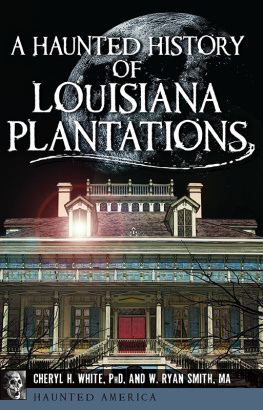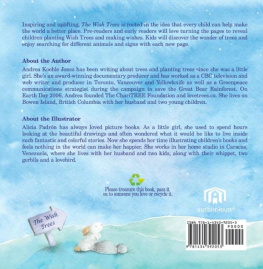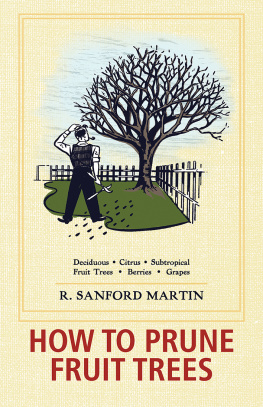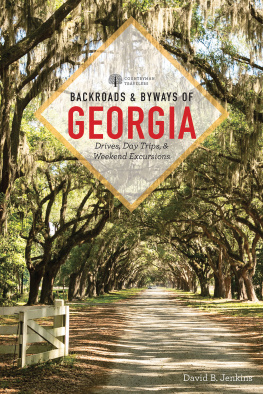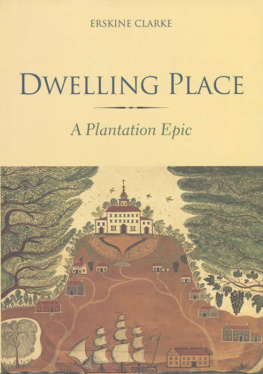Dolly Sumner Lunt - A Womans Wartime Journal: A Womans Wartime Journal: an Account of the Passage Over a Georgia Plantation of Shermans Army on the March to the Sea... .
Here you can read online Dolly Sumner Lunt - A Womans Wartime Journal: A Womans Wartime Journal: an Account of the Passage Over a Georgia Plantation of Shermans Army on the March to the Sea... . full text of the book (entire story) in english for free. Download pdf and epub, get meaning, cover and reviews about this ebook. year: 2017, publisher: Historic Publishing, genre: Detective and thriller. Description of the work, (preface) as well as reviews are available. Best literature library LitArk.com created for fans of good reading and offers a wide selection of genres:
Romance novel
Science fiction
Adventure
Detective
Science
History
Home and family
Prose
Art
Politics
Computer
Non-fiction
Religion
Business
Children
Humor
Choose a favorite category and find really read worthwhile books. Enjoy immersion in the world of imagination, feel the emotions of the characters or learn something new for yourself, make an fascinating discovery.

- Book:A Womans Wartime Journal: A Womans Wartime Journal: an Account of the Passage Over a Georgia Plantation of Shermans Army on the March to the Sea... .
- Author:
- Publisher:Historic Publishing
- Genre:
- Year:2017
- Rating:4 / 5
- Favourites:Add to favourites
- Your mark:
A Womans Wartime Journal: A Womans Wartime Journal: an Account of the Passage Over a Georgia Plantation of Shermans Army on the March to the Sea... .: summary, description and annotation
We offer to read an annotation, description, summary or preface (depends on what the author of the book "A Womans Wartime Journal: A Womans Wartime Journal: an Account of the Passage Over a Georgia Plantation of Shermans Army on the March to the Sea... ." wrote himself). If you haven't found the necessary information about the book — write in the comments, we will try to find it.
Though Southern rural life has necessarily changed since the Civil War, I doubt that there is in the entire South a place where it has changed less than on the Burge Plantation, near Covington, Georgia. And I do not know in the whole country a place that I should rather see again in springtime - the Georgia springtime, when the air is like a tonic vapor distilled from the earth, from pine trees, tulip trees, balm-of-Gilead trees (or bam trees, as the negroes call them), blossoming Judas trees, Georgia crab-apple, dogwood pink and white, peach blossom, wistaria, sweet-shrub, dog violets, pansy violets, Cherokee roses, wild honeysuckle, azalia, and the evanescent green of new treetops, all carried in solution in the sunlight.
It is indicative of the fidelity of the plantation to its old traditions that though more than threescore springs have come and gone since Sherman and his army crossed the red cottonfields surrounding the plantation house, and though the Burge family name died out, many years ago, with Mrs. Thomas Burge, a portion of whose wartime journal makes up the body of this book, the place continues to be known by her name and her husbands, as it was when they resided there before the Civil War. Some of the negroes mentioned in the journal still live in cabins on the plantation, and almost all the younger generation are the children or grandchildren of Mrs. Burges former slaves.
Dolly Sumner Lunt: author's other books
Who wrote A Womans Wartime Journal: A Womans Wartime Journal: an Account of the Passage Over a Georgia Plantation of Shermans Army on the March to the Sea... .? Find out the surname, the name of the author of the book and a list of all author's works by series.



